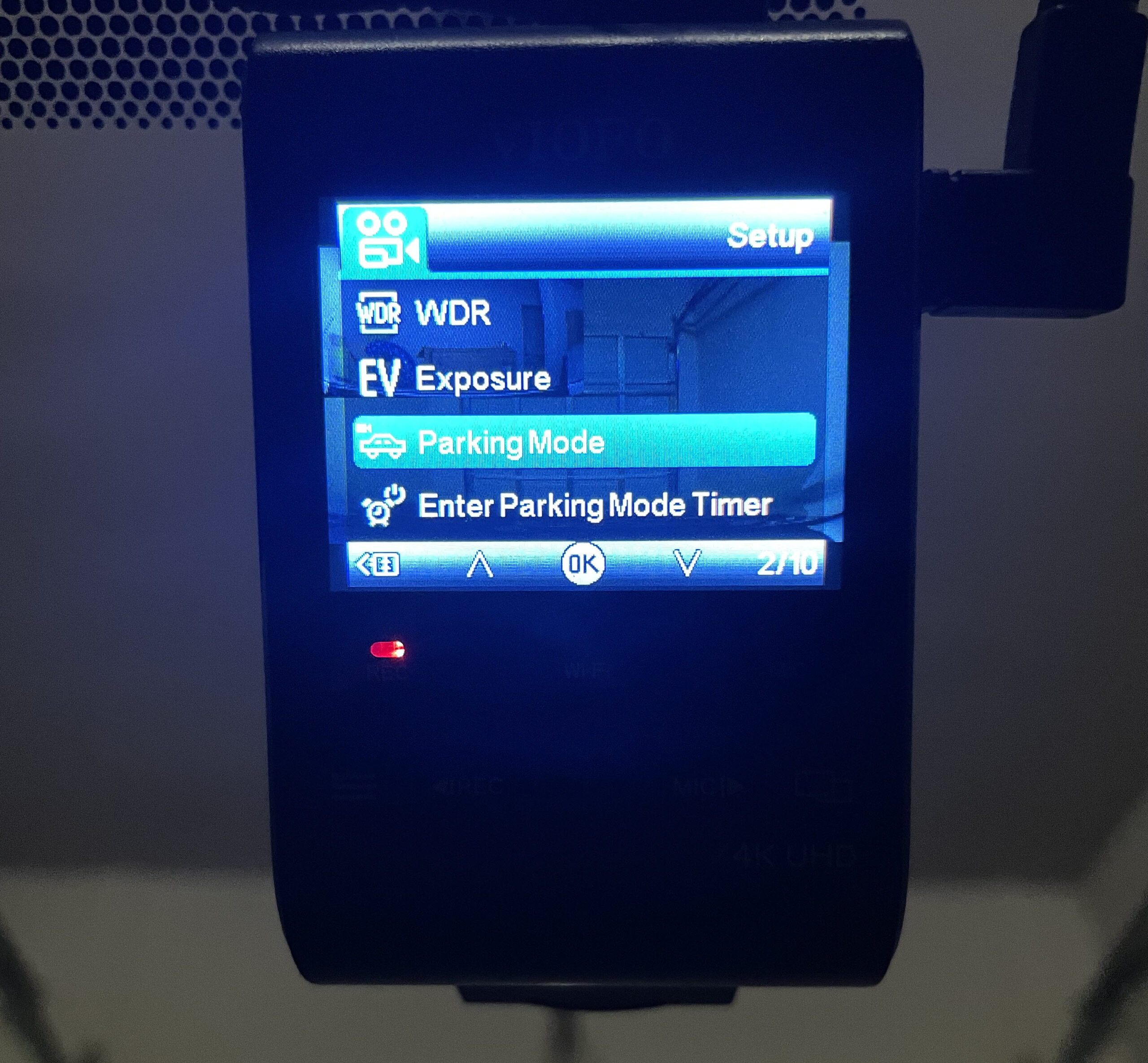Yes, a dash cam can record while parked, but there are a few prerequisites.
First, the dash cam needs to be capable of parking mode and you must have it enabled. Second, your dash cam needs a source of power when your car is parked. Third, it will need something to trigger it to go into parking mode, usually a hardwire kit. Fourth, you need to make sure your storage card has enough space to last until the next time you come back to your vehicle.
You Need a Dash Cam Capable of Parking Mode
The first step to getting your dash cam to record while parked is to make sure you buy a dash cam capable of “parking mode“.
I haven’t done extensive research to determine if all dash cam manufacturers call it parking mode, but you should be able to figure out from the dash cam listing whether or not a dash cam will record while your car is parked.
The second part of this is that you need to make sure parking mode is enabled. Dash cams come with a lot of different settings and they’re not always turned on by default.
You’ll want to take a look at your dash cam’s settings to make sure parking mode, or your dash cam’s equivalent, is turned on and anything settings related to parking mode configured to your liking.
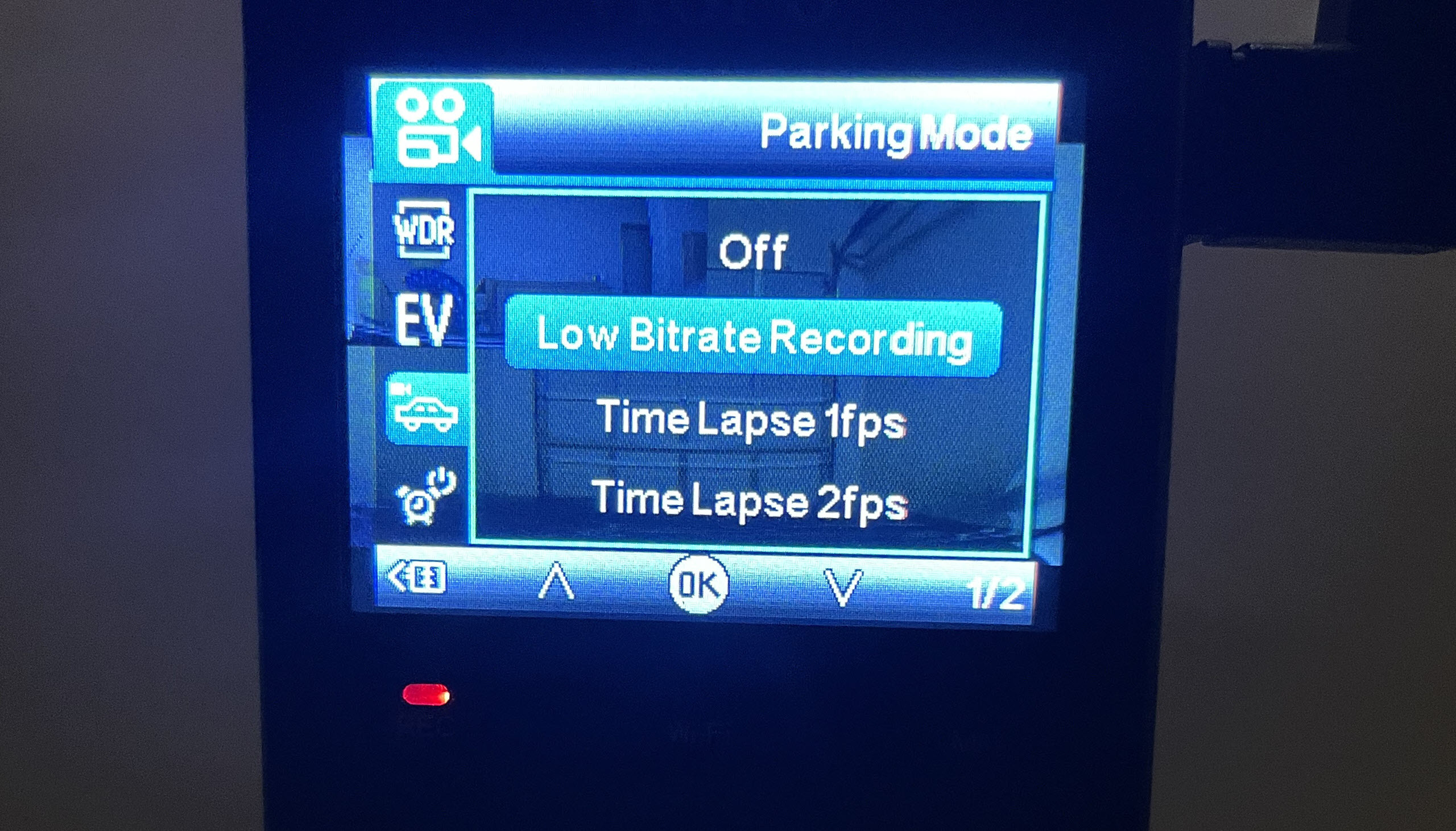
Viofo Low Bitrate Recording Parking Mode setting.
For example, my Viofo A129 Pro Duo 4k allows me to choose the bitrate that I want in parking mode and the G-force level I want while it’s in parking mode.
I use the highest sensitivity level for the G-Force setting because I want to make sure it locks the file for review to prevent it from being overwritten.
The bitrate setting I messed around with a little bit to see which one I liked most. For a long time I had it on Auto EventDetection where the dash cam would record in full resolution and lock the files when it detected motion.
I liked the full resolution feature, but in the end it seemed like it was not capturing all the activity within the field of view (FOV) of the dash cam as there would be locked clips of people in the middle of the FOV without other clips showing them walking them there.
Ultimately, I ended going with the low bitrate mode which records all the files at a low bitrate.
Your Dash Cam Needs A Source of Power While Your Car is Parked
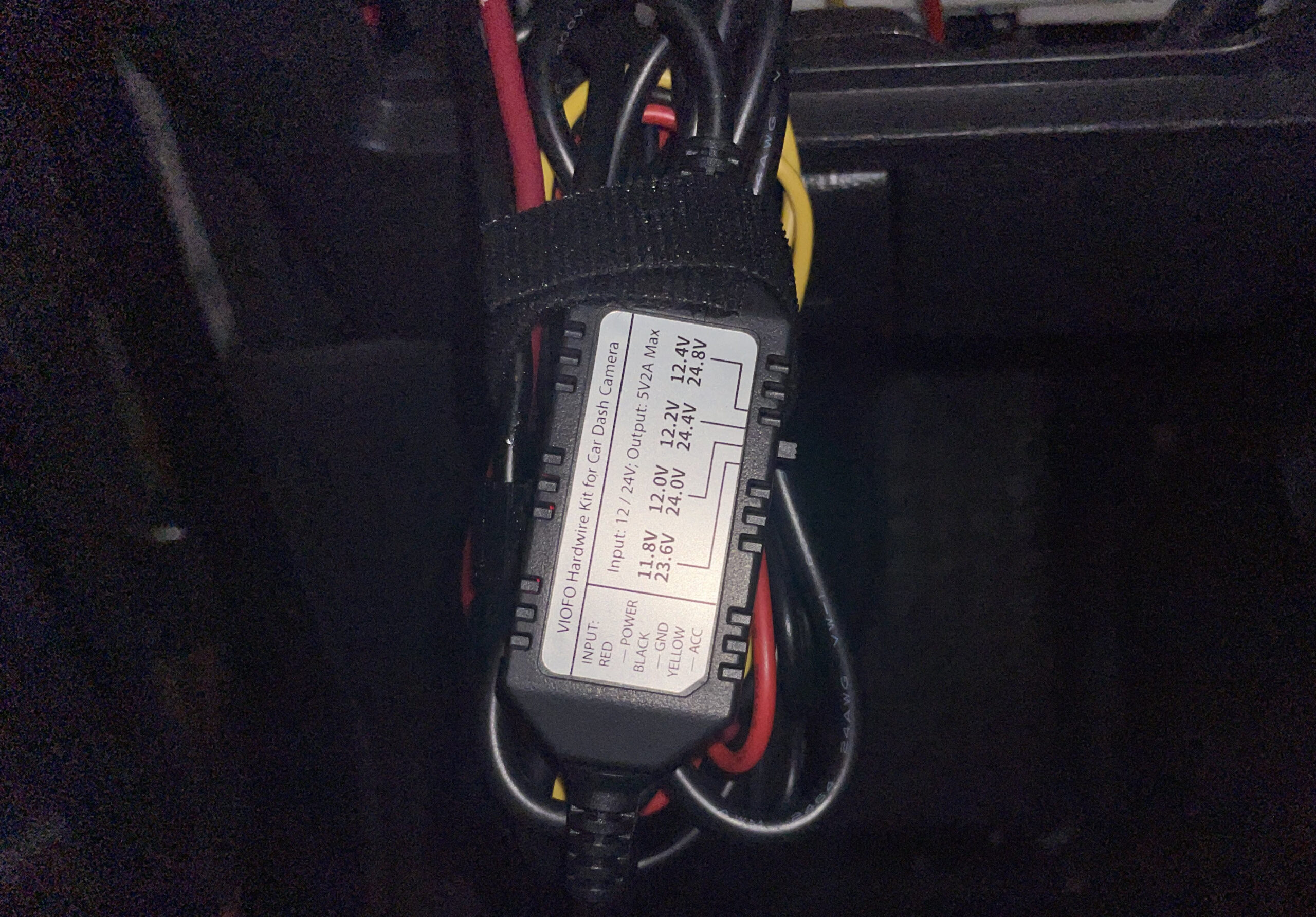
A Viofo hardwire kit used to enable parking mode
In order for your dash cam to record while parked it needs a source of power while your car is turned off.
If you use a cigarette adapter to power your dash cam, then there’s a good chance your dash cam will turn off due to the cigarette lighter socket being powered by an accessory (ACC) circuit that only has power while your car is turned on or the ignition is switched to the ACC position.
If your cigarette lighter socket is powered even when your car is turned off, then parking mode should work. However, you should be very careful not to kill your battery as there is nothing to stop your dash cam from running your battery dead similar to how leaving your vehicle’s dome light on would kill your battery given enough time.
In most cases, people who use parking mode will usually hardwire their dash cam into their car’s fuse box. This is accomplished through the use of a hardwire kit and an add-a-circuit component. A hardwire kit monitors your car battery’s voltage and will cut power to the dash cam if the battery voltage drops past the setting you selected.
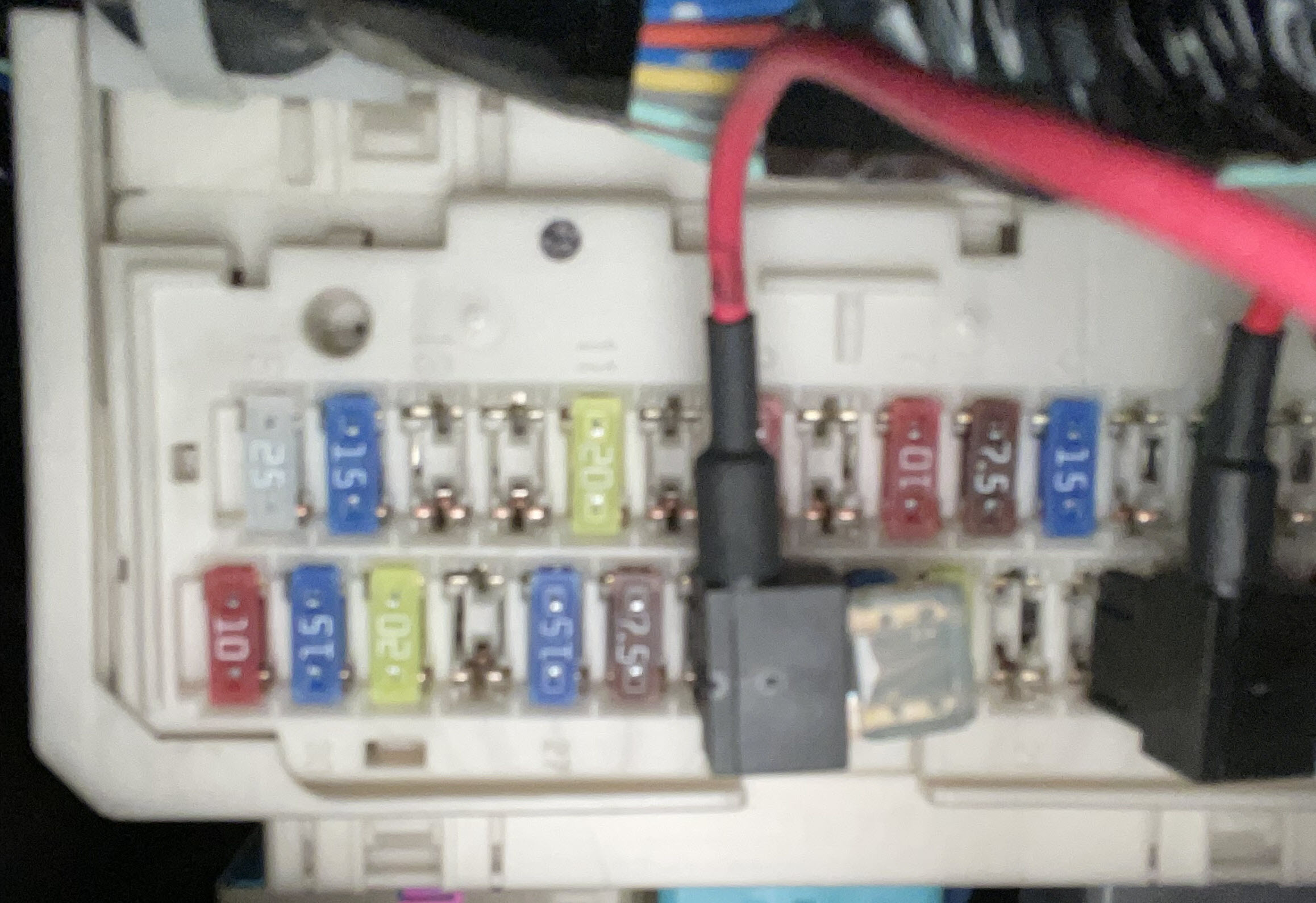
An Add-a-circuit installed in a car fuse box.
For example, if you select 12.2 volts for your hardwire kit, then the hardwire kit will cut power to your dash cam once your battery voltage reaches 12.2 volts. This allows your dash cam to run in parking mode for as long as it stays above the voltage cutoff and ensures you battery has enough juice to start your car.
The add-a-circuit component is a convenient way to plug into your car’s fuse box. You can piggy-back off of an existing fuse or you can plug it into an empty slot in your fuse box.
Other people will either buy external dash cam battery packs or install aux batteries to power their dash cams. The benefit of these are they will take the dash cam load off your starter battery. Not having your dash cam pull power from your battery in parking mode reduces wear on the starter battery by not constantly draining it.
From what I’ve read, lead acid batteries like to be kept fully charged and this obviously does not happen if you have a dash cam constantly drawing power while your car is parked.
Additionally, battery packs and aux batteries will usually allow you to power your dash cam in parking mode for far longer than you would be able to with just a hardwire kit alone. They are typically configured to charge while your car is running, so you don’t have to worry about removing them from your car to charge them.
Parking Mode Needs To Be Triggered
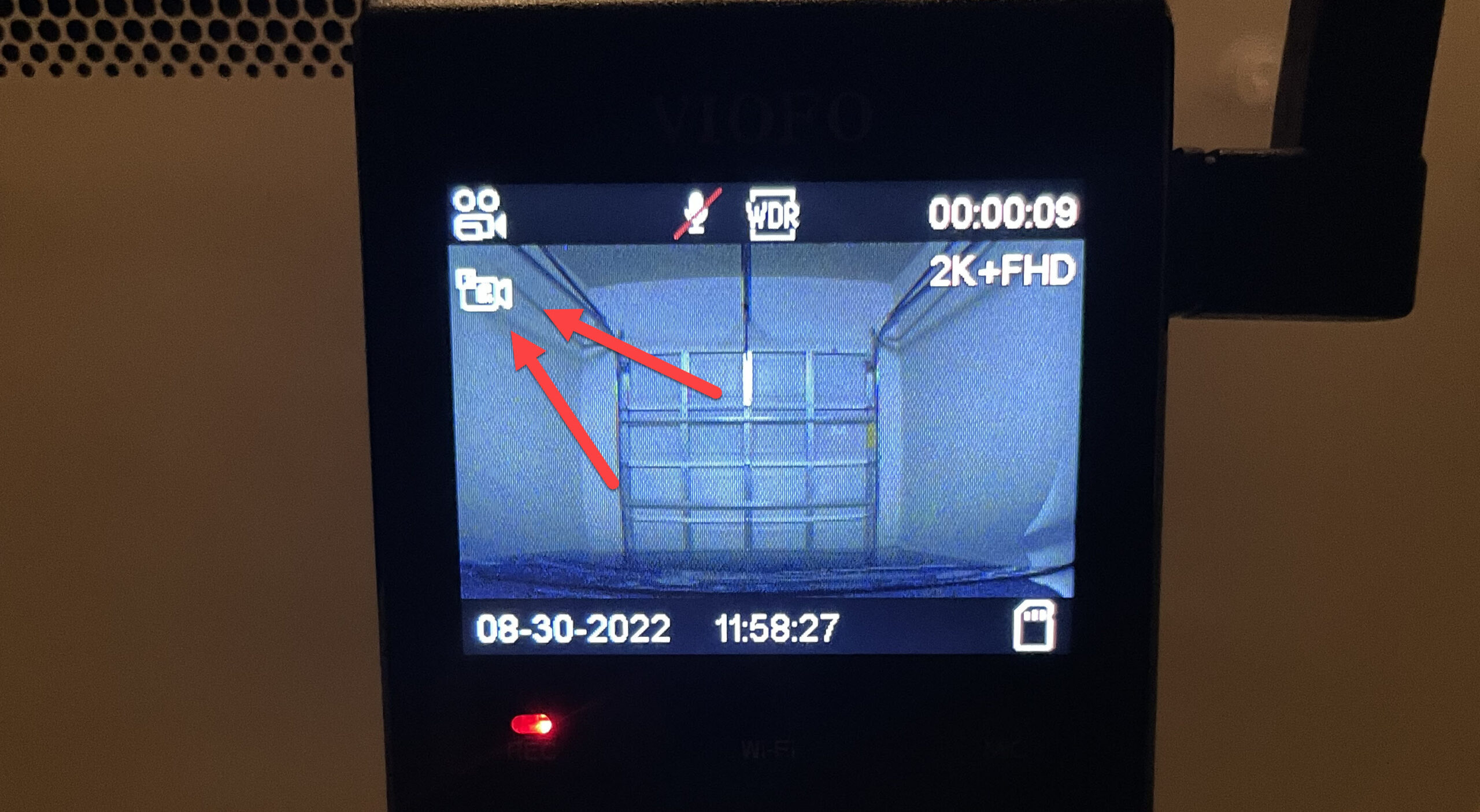
The red arrows point to the Viofo Parking Mode indicator on a Viofo A129 Pro Duo 4k.
Even if you have a parking mode enabled dash cam, parking mode is enabled in the settings, and your dash cam has power while your car is turned off, there is still a possibility that parking mode won’t work.
You’ll want to make sure that you satisfy whatever condition is required by your dash cam for it to enter parking mode.
For example, on my Viofo A129 Pro Duo 4k the yellow cable of the hardwire kit needs to be hooked up to an ACC circuit.
This is pretty straight forward if you are using a hardwire kit to connect straight into the fuse box, but gets more complicated if you want to use an aux battery setup because the hardwire kit and your aux battery setup will need to share a common ground for parking mode to trigger.
Another thing you need to watch out for, at least with the Viofo A129 Pro Duo 4k, is if you unplug your dash cam’s power cable while your car is turned off.
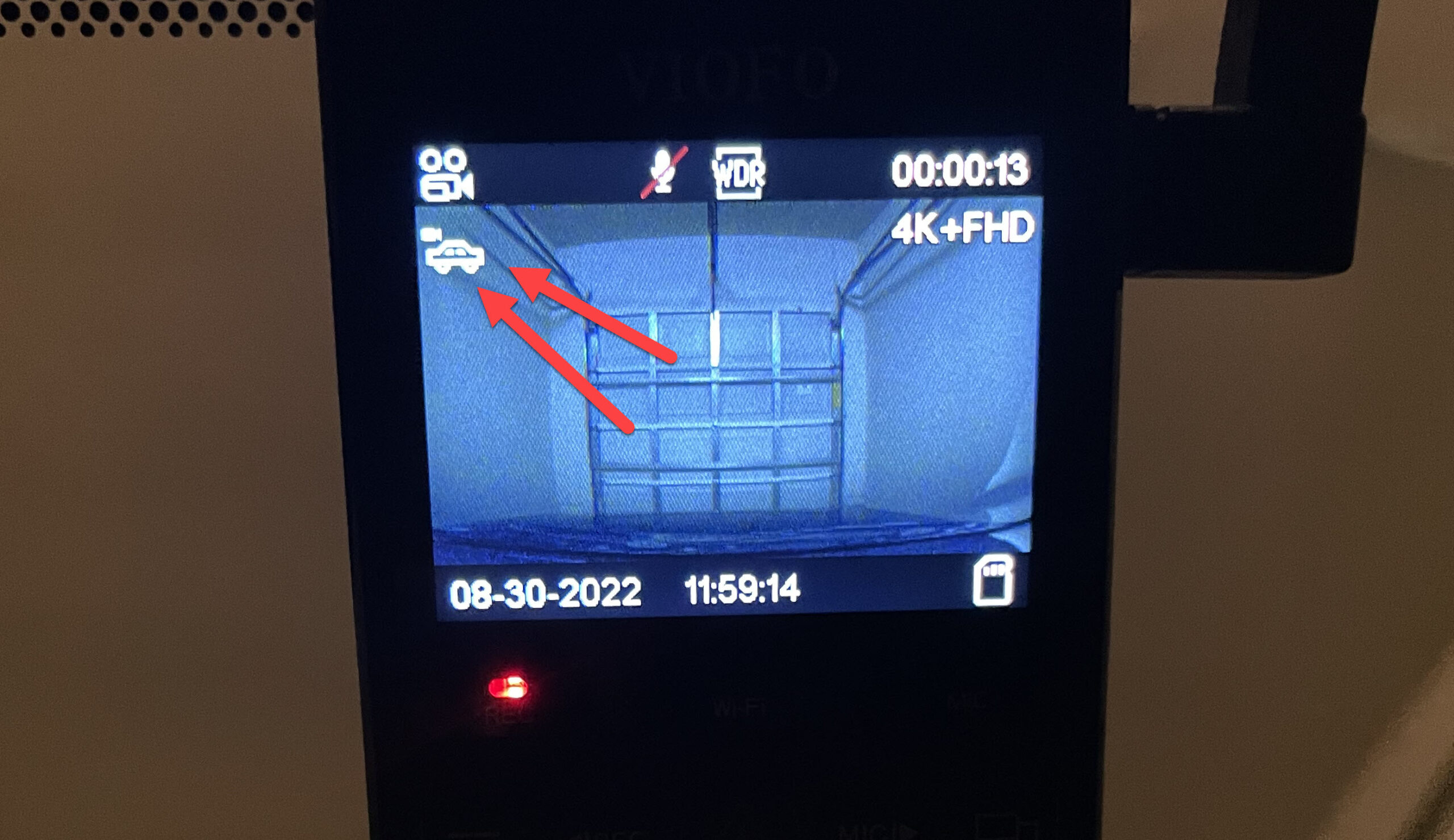
Two red arrows point towards the regular “Driving Mode” icon on a Viofo dash cam
As an example, I like to unplug the power from my dash cam before I swap out the microSD card. When I plug the power cable back into my dash cam it goes into the normal driving mode instead of parking mode.
To get it to go back into parking mode I have to turn my ignition to the ACC position to get power flowing on the ACC line and turn my car off again. This allows the dash cam/hardwire kit to detect the loss of ACC power and subsequently transition to parking mode.
If I didn’t turn my ignition to the ACC position, or start my car, then the camera would run in the regular driving mode until the next time I turned off my car after starting it.
Not the end of the world, but the files won’t be marked with a “P” for parking mode and the older files might be overwritten sooner than expected.
Parking Mode Needs to Last Until You Return to Your Car
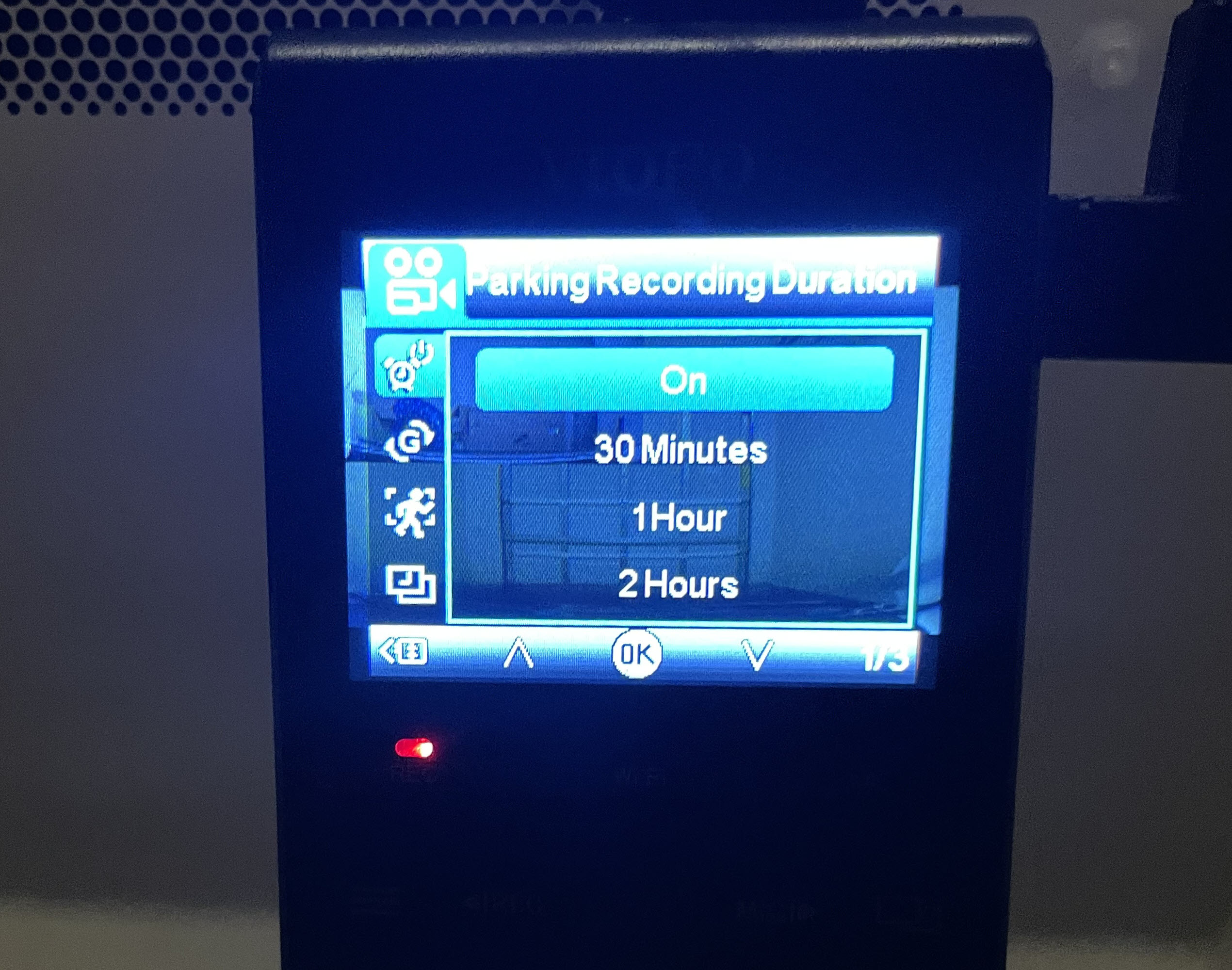
Viofo Parking Mode Duration menu
A parking mode enabled dash cam will most likely have parking mode settings that allow you to specify how long your dash cam runs in parking mode until it powers off.
My Viofo A129 Pro Duo 4k dash cam let’s me select from “On”, 30 minutes, 1 hour, 2 hours, 3 hours, 4 hours, 6 hours, 8 hours, 12 hours, 24 hours, and 48 hours.
Personally, I use the “on” setting to keep parking mode enabled and just rely on the hardwire kit to cut power to the dash cam once the voltage cutoff is reached. However, other people like to limit the drain on their starter battery and will specify a time duration.
Let’s say you are out shopping and you select one hour for the parking mode duration. If you’re gone for two hours, then there is a one hour period where something could happen to your car and your dash cam won’t be able to capture it because it was turned off.
Your Dash Cam Needs Enough Storage Capacity to Last Until You Return to Your Car
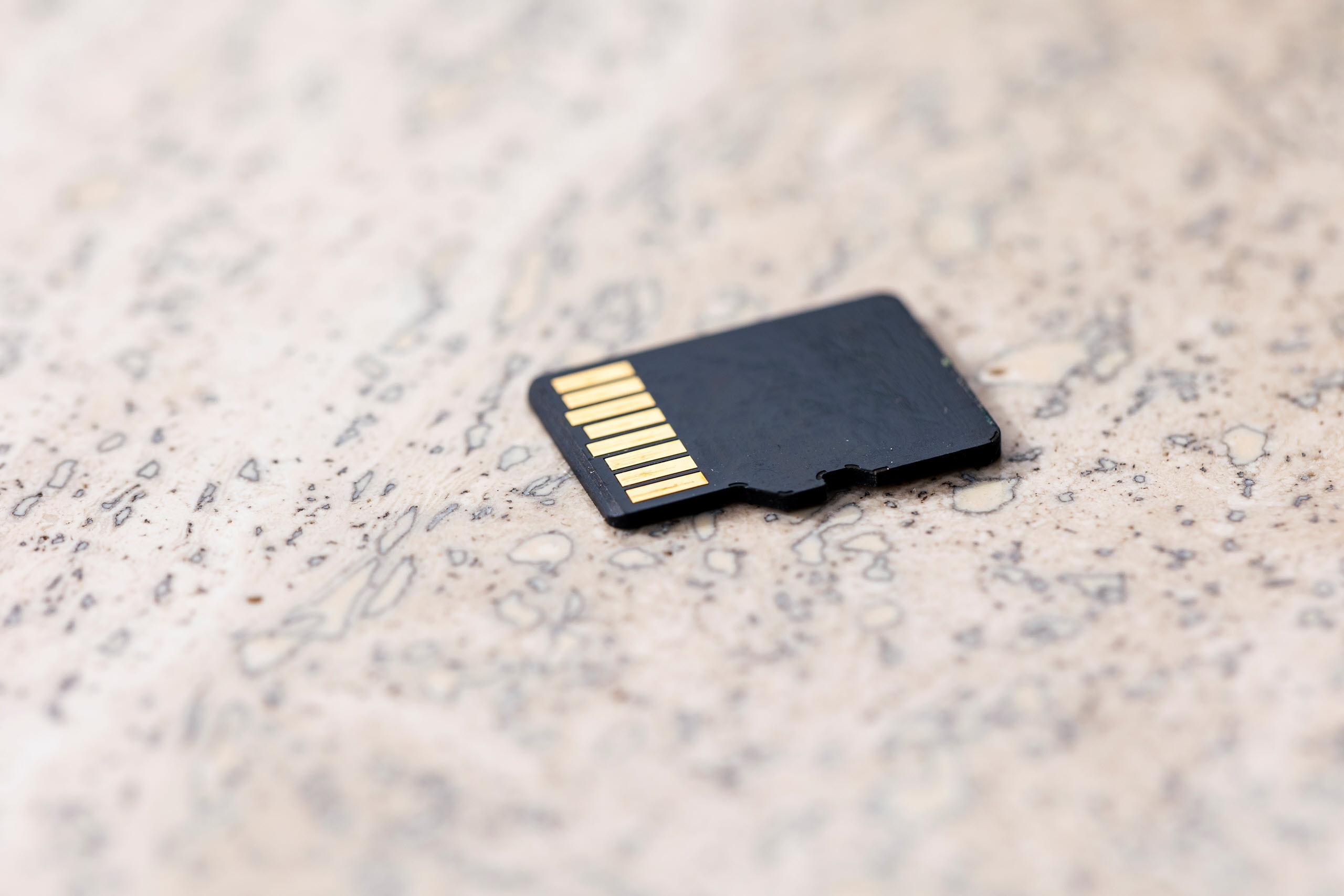
A microSD card. Credit: © Joeri Mostmans | Dreamstime.com
This isn’t a hard requirement, but a strongly worded warning.
Even if you have parking mode configured and working on your dash cam, it does you no good if your dash cam overwrites footage of something happening to your car before you are able to return to it.
Dash cams do have G-force sensors that are supposed to lock parking mode files when they detect G-force events above their configured threshold, but I personally would not want to rely on this feature of the dash cam.
Technology is not perfect and will often fail at the most inopportune time. To be on the safe side I recommend monitoring how long it takes your dash cam to start overwriting parking mode files and make sure you check your car for damage before that amount of time elapses.
This will ensure you can access recorded footage should your car have been damaged during the time you were away from your car.
Final Words
As you can see, even if your dash cam is capable of recording while your car is parked, there are still some things you should do to ensure its operating as expected in parking mode.
These things are:
- Making sure your dash cam has power while your car is parked.
- Ensuring parking mode will be triggered.
- Setting an appropriate Parking Mode Duration length and coming back to you car before that time duration is reached.
- Use a microSD car that is big enough to hold all parking mode files without overwriting them until you return to your car.
If you do these things, then you’ve maximized your success of capturing anything that happens to your car with your dash cam’s parking mode feature.
Please leave any questions or comments below and I’ll be sure to get back to you.
